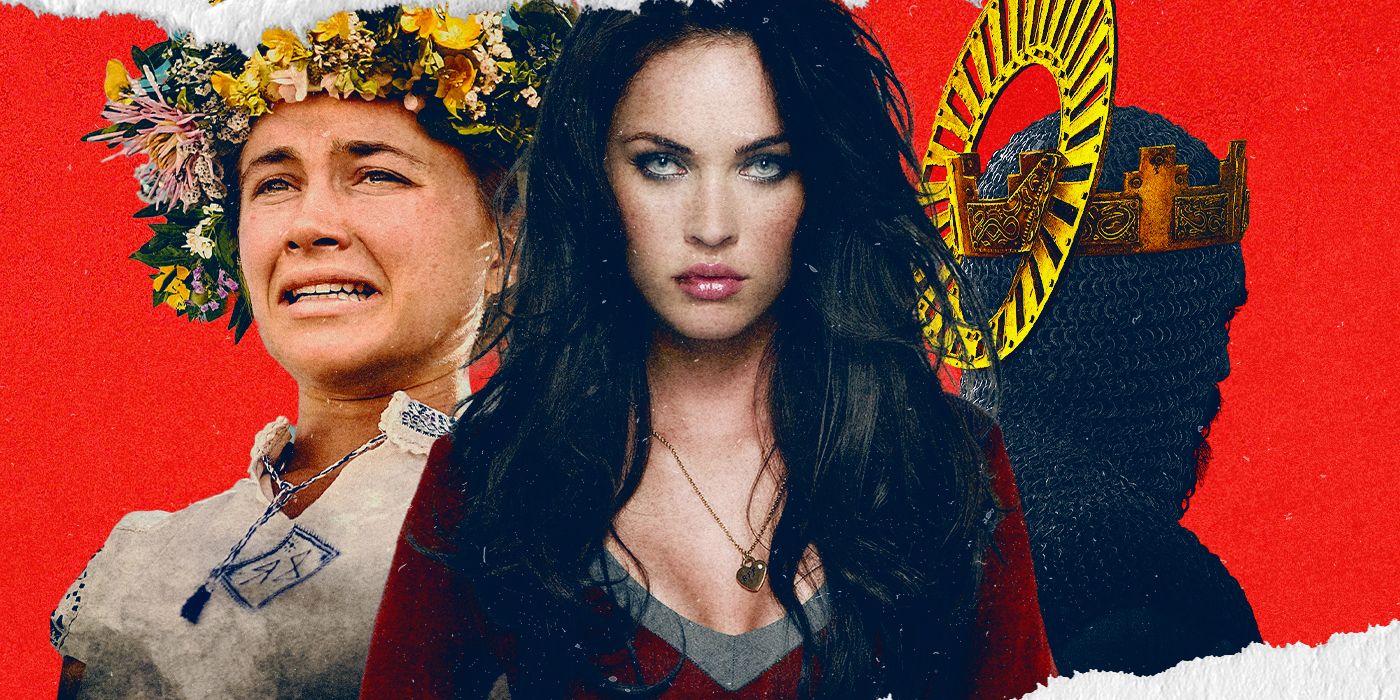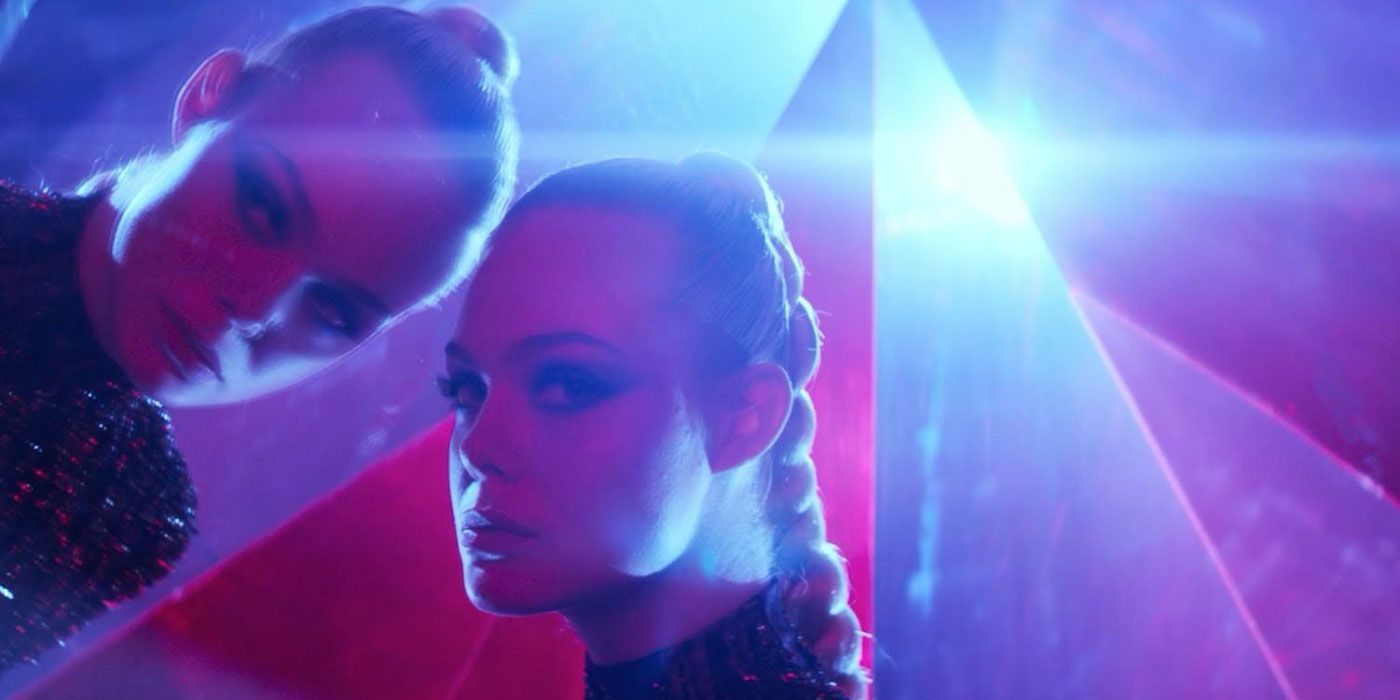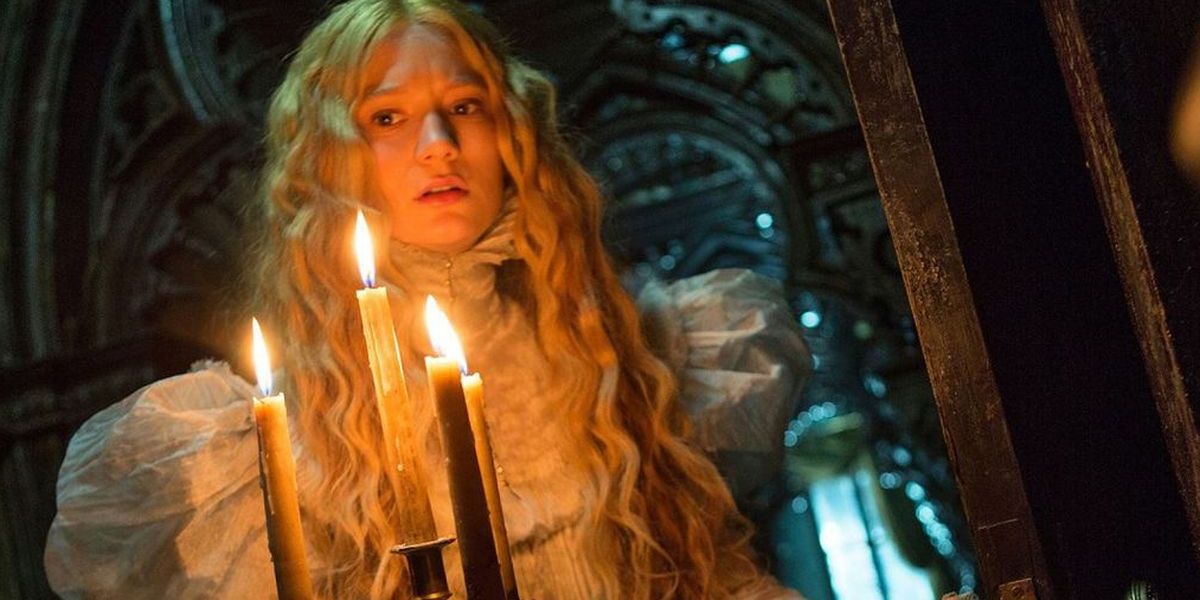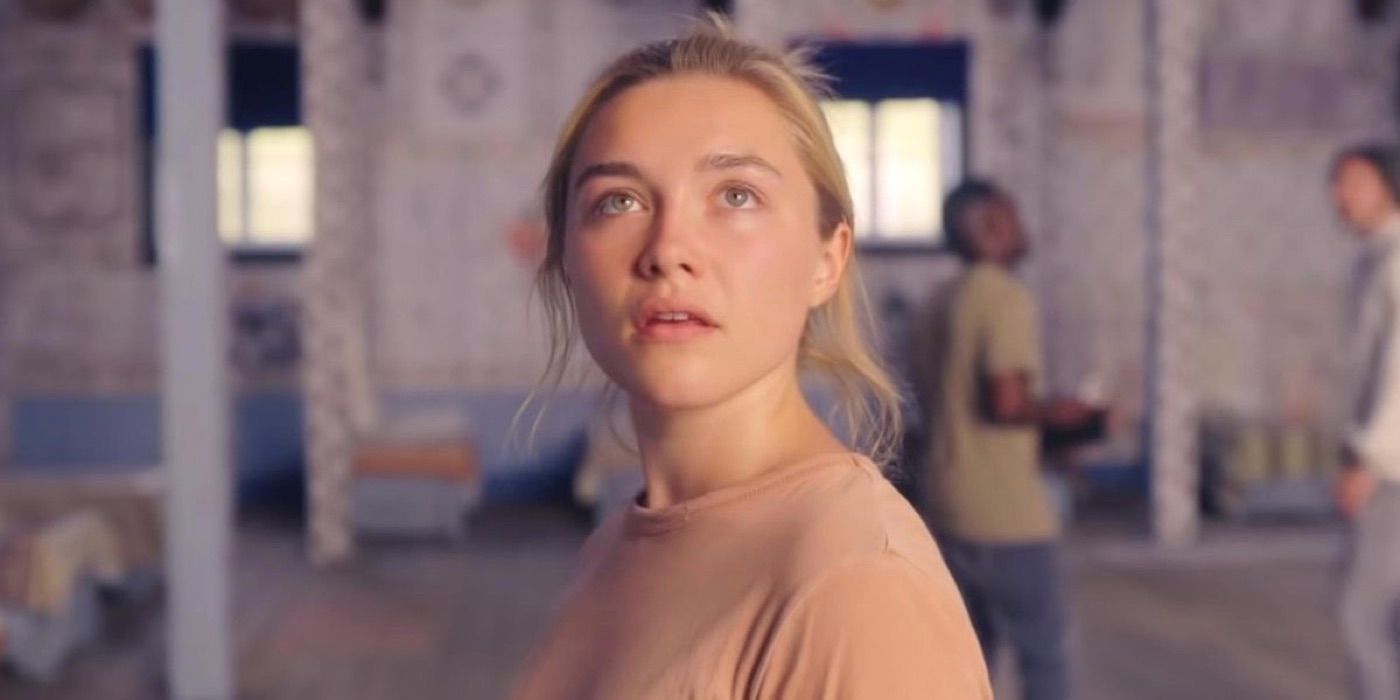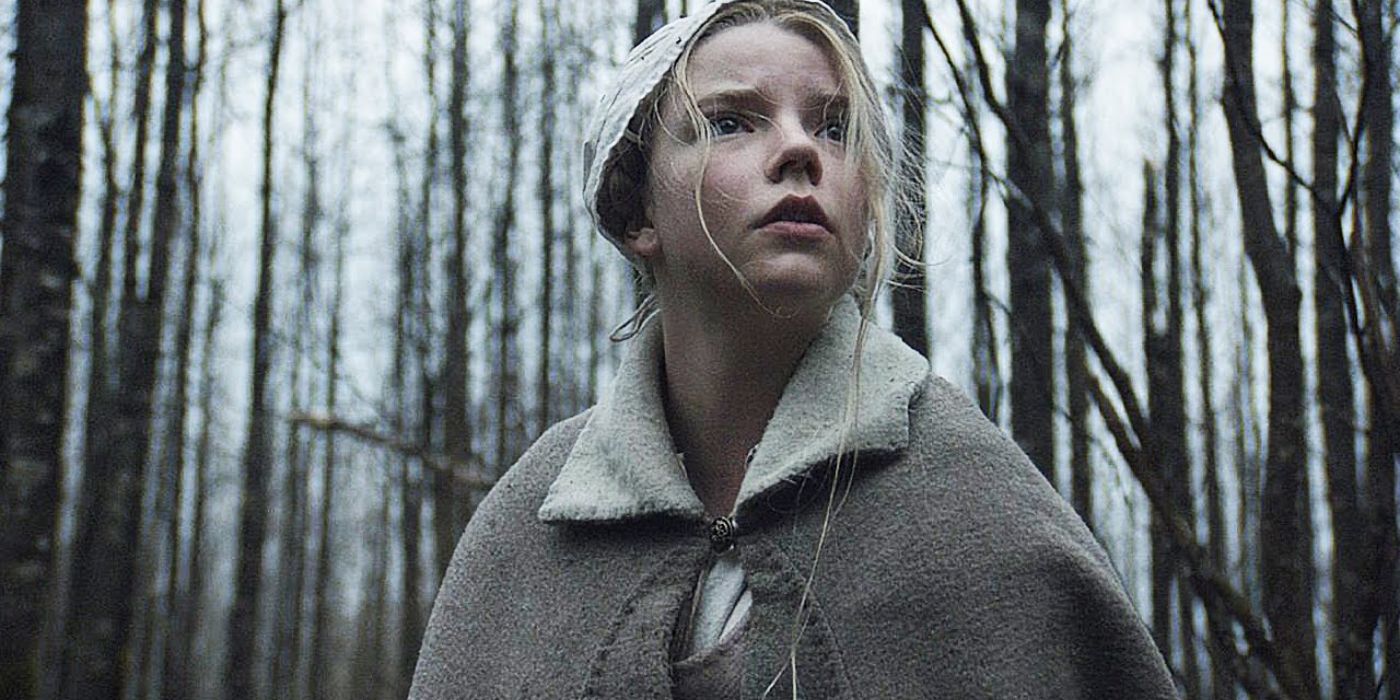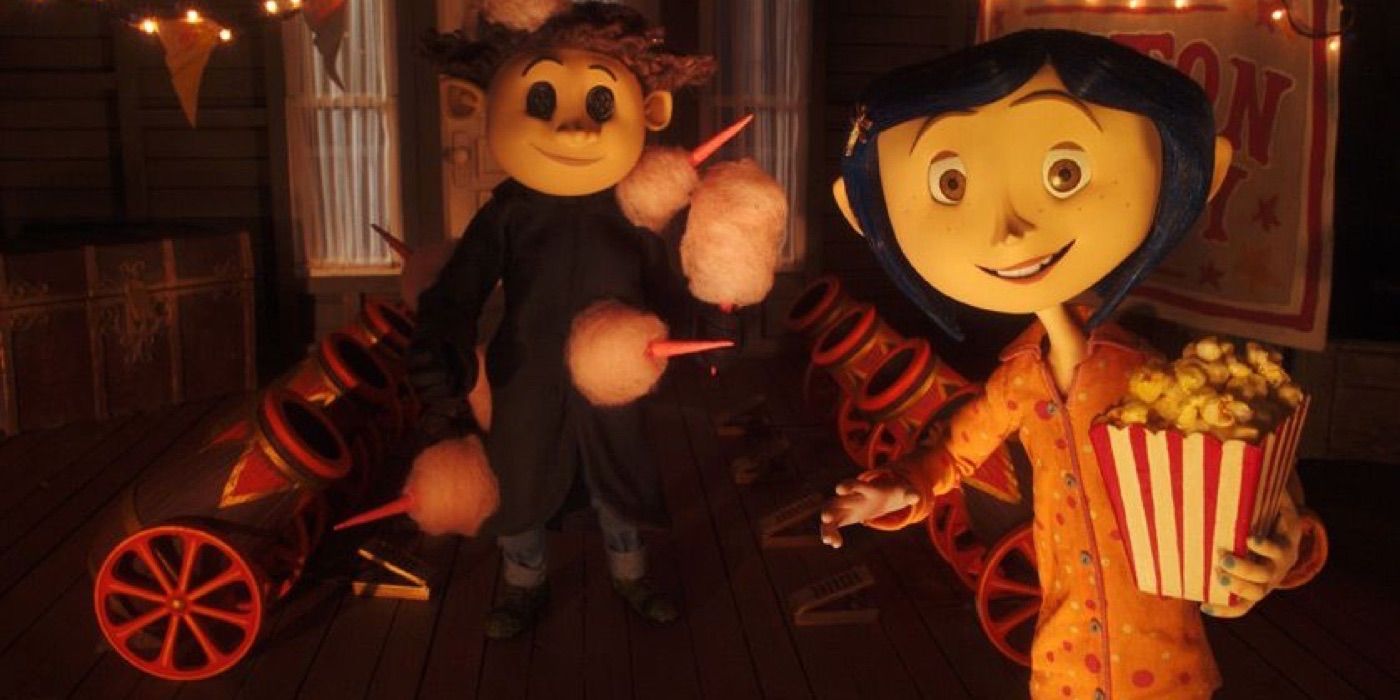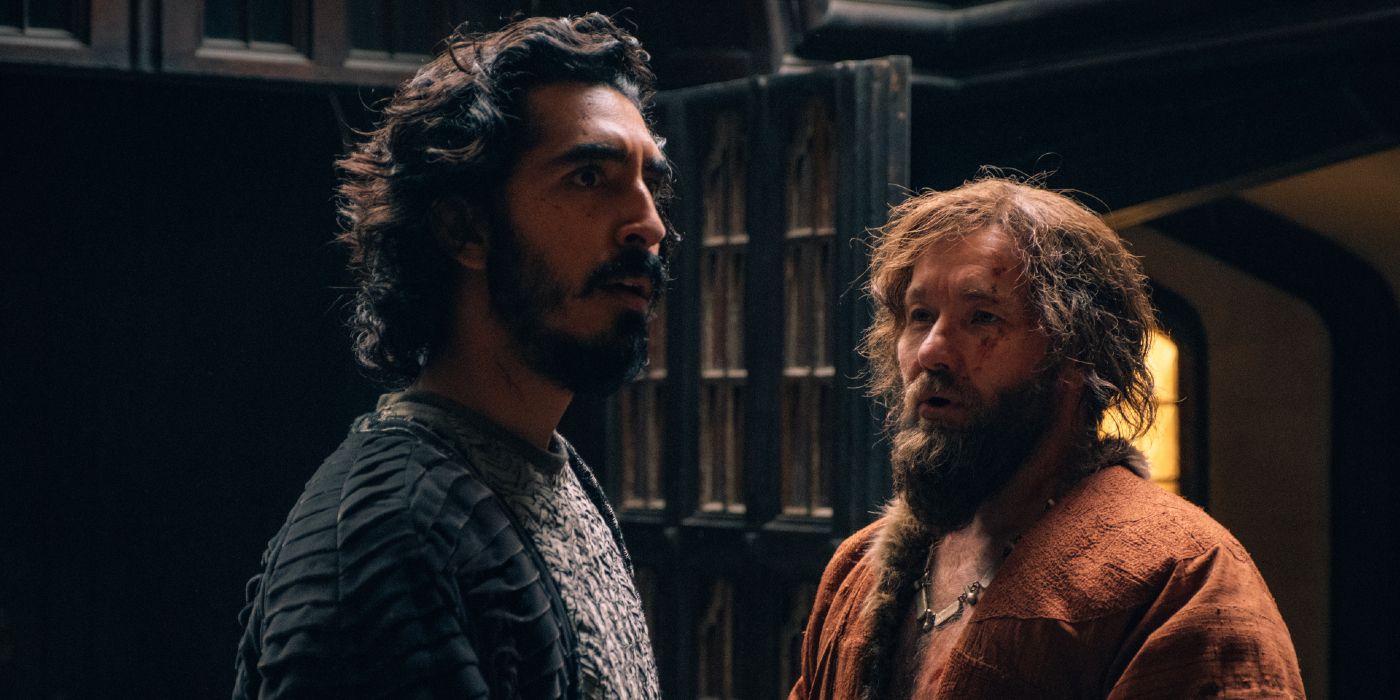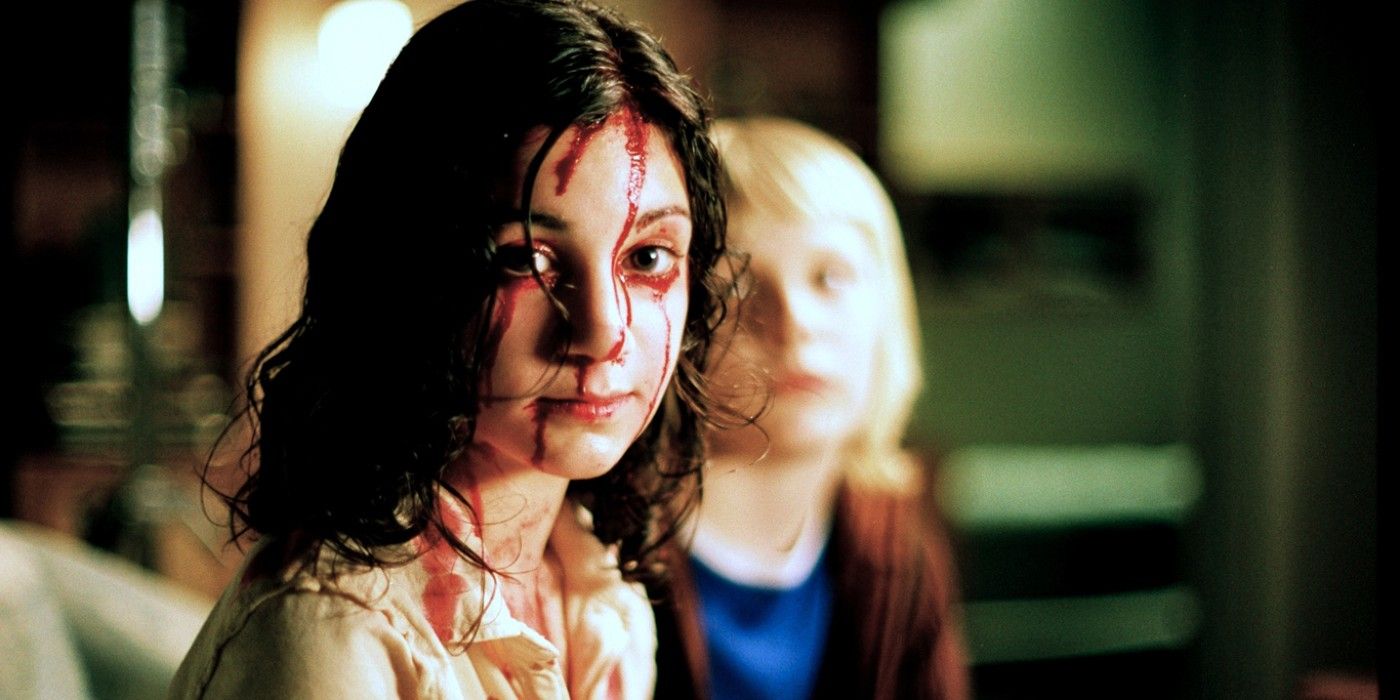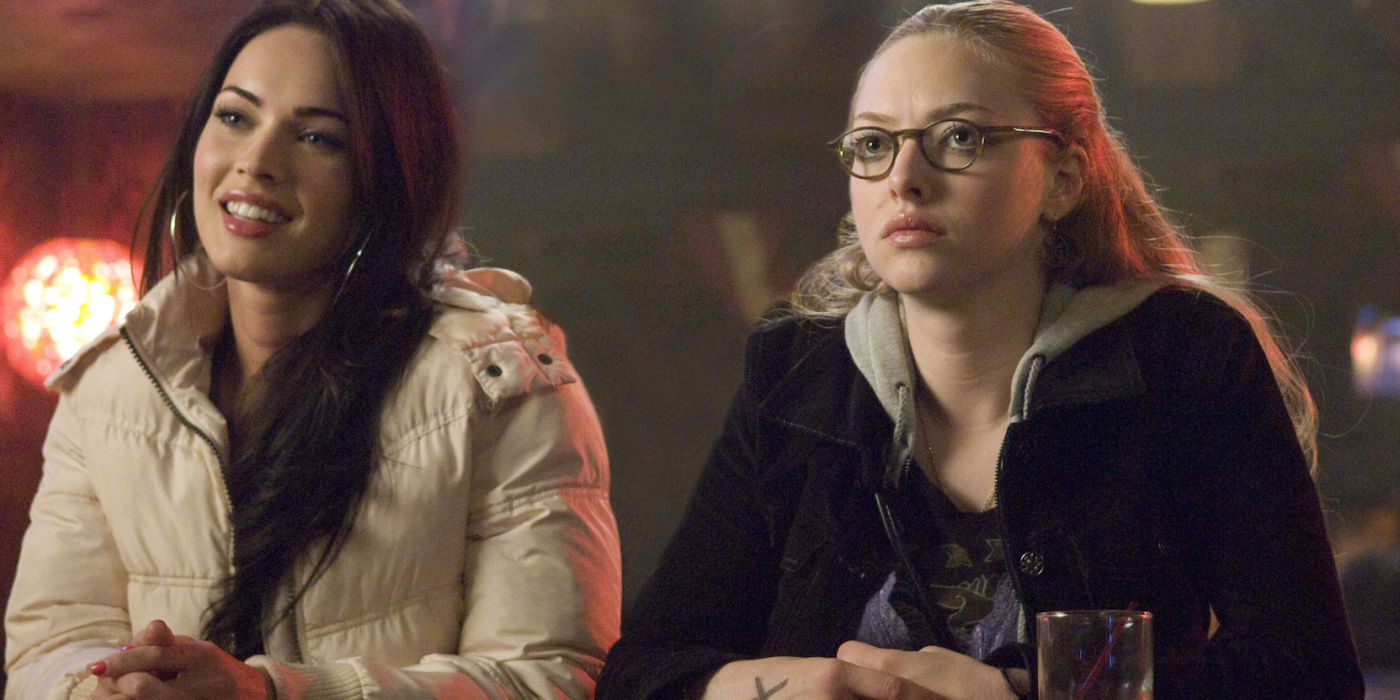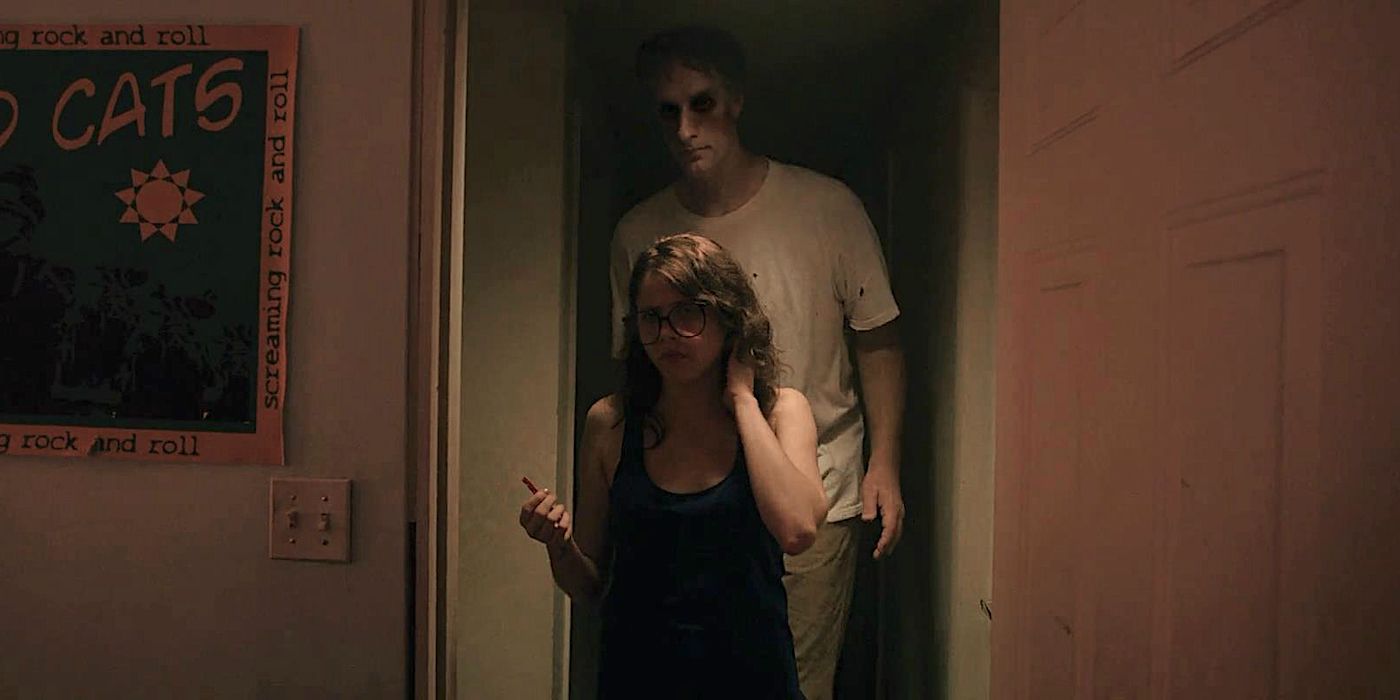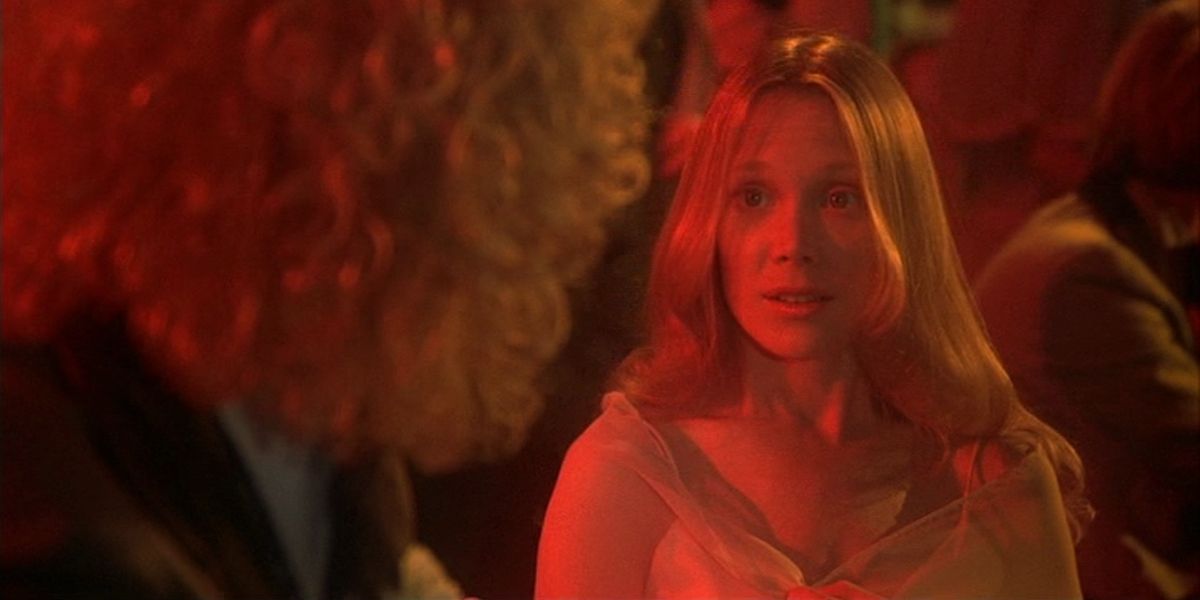Though no two coming-of-age stories are exactly alike, there are often commonalities that can be found. Through artistic exploration of this time, we find connection. No matter what characters are going through, they all have something in common: they are really going through it. The coming-of-age genre is often associated with warm and fuzzy feelings, or at least some sort of catharsis to this difficult time in life, whether the story being told leans more towards drama or comedy in genre. This particular list is not going to offer any of that, so if you’re looking for a warm and fuzzy story, you won’t find it here.
Coming-of-age horror films offer a very specific kind of relatability. This subgenre offers little to no comfort, instead, it utilizes the genre trappings to explore the worst parts of growing up: the danger, the isolation, the grief, the confusion, the hostility, the general knowledge that the worst can and sometimes does happen.
The Neon Demon
Jesse (Elle Fanning) is a 16-year-old aspiring fashion model in The Neon Demon. Her youthful innocence is immediately fetishized and commodified by nearly everyone she meets in Los Angeles. It’s a dog-eat-dog world she’s found herself in, and though her innocence is rapidly stripped away and replaced with narcissism, ultimately her teeth just aren’t sharp enough. Interestingly enough, a major part of Jesse’s downfall is presented as being her own acceptance and adoption of the attitude others have towards her youth and looks.
As she develops an increasingly narcissistic attitude about herself and her place in the world, she also develops a false sense of security that blinds her to the very real threats that surround her. The looming threat that at any moment things could turn violent for Jesse is ever-present and comes to fruition in a sequence that feels inevitable. This is a coming-of-age story in which the subject, a sort of sacrificial lamb, never really stood a chance.
Crimson Peak
Edith (Mia Wasikowska) is an aspiring writer who comes from wealth in Crimson Peak. Siblings Thomas (Tom Hiddleston) and Lucille (Jessica Chastain) enter the picture, interested in Edith’s father’s wealth. Thomas is handsome and kind, and before long Edith has fallen for his charms and the two are married. As a child, Edith saw the ghost of her mother, who warned her against a mysterious location referred to as Crimson Peak. This is, of course, where her new family takes her, and where she finds herself isolated and trapped.
Edith loves Thomas, and perhaps naively wants to see the good in him. Lucille, meanwhile, treats Edith with barely-concealed hostility in a role reminiscent of Mrs. Danvers of Rebecca. In fact, there are many structural similarities to both Rebecca and Jane Eyre when it comes to Crimson Peak. Guillermo del Toro uses these frameworks to tell a horrifying (though, ultimately triumphant) coming-of-age story that’s both familiar and unique.
Midsommar
In Midsommar, College student Dani (Florence Pugh) is rudely thrust into a new phase of adulthood when her sister commits suicide and takes their parents’ lives as well. Dani’s boyfriend has been looking for a way out of their relationship, but the tragedy causes Dani to cling even tighter to what she perceives as a form of security. Despite wanting to end things, and his friends not showing much sympathy for Dani, her boyfriend invites her to join them on an anthropological expedition to a strange and insular community in Sweden.
Ari Aster has shown a deft hand before in his use of the horror genre as an exploration of grief with Hereditary, and he does so again here. Finding herself not only grieving but completely alone, Dani is in a uniquely vulnerable position. The cult assists in the severance of Dani’s relationship with her boyfriend (using some very disturbing methods) and forces her to face her grief. In a weirdly touching way, they share in her grief. Dani ultimately finds the belonging she desperately needs in this supremely messed-up group, and in that solidarity finds the strength to cut ties with her adolescent security blanket, aka the boyfriend. Midsommar can be interpreted as a very, very twisted coming-of-age story.
The Witch
Thomasin (Anya Taylor Joy) is the eldest child of a deeply religious Puritan family in 1630’s New England. It’s under her watch that the youngest child, newborn Samuel, is abducted by a witch lurking in the nearby forest. Though the disappearance was through no fault of hers, Thomasin is blamed by her mother and increasingly viewed as a corrupting influence in the household.
Thomasin’s remaining younger siblings follow her parents’ lead and begin to accuse her of being a witch. Thomasin’s depiction is a representation of the ways in which young women are used as a catch-all for cultural and personal sin. This monstrous treatment in The Witch forces Thomasin into a monstrous act, and leads her to Black Phillip (a goat that’s not a goat, you just gotta watch the movie), and to accept his offer to “live deliciously”.
Coraline
Of course, we have to include an adaptation of a Neil Gaiman story, who perfected coming-of-age with Ocean at the End of the Lane (still waiting on that stop-motion adaptation). Coraline isn’t often considered a horror film, but consider this: it definitely is.
Coraline herself (Dakota Fanning) is a discontented child when we first meet her. She’s rude to her parents, who don’t seem to know quite what to do with her and her attitude. Through gorgeously frightening stop-motion animation, Henry Selick creates a coming-of-age film possibly more frightening than many of the others on this list. Selick brings the narrative style that made The Nightmare Before Christmas so iconic, but Laika Studios brought Coraline to life with a unique visual style that is both frightening and fun.
Coraline discovers a world that initially seems vastly preferable to her own. The only catch is that she’ll have to have buttons sewn onto her eyes to become a part of it full-time. Though Coraline is younger than your average coming-of-age protagonist, she learns a few major lessons at the potential cost of her own life.
The Green Knight
The Green Knight is an unconventional take on the poem “Sir Gawain and the Green Knight”. Dev Patel plays Gawain, the layabout nephew of the great King Arthur (Sean Harris). Near the beginning of the film, he attends a Christmas celebration, where his own shortcomings are put on display next to the room full of knights. After a tender speech from his uncle, Gawain seems suddenly determined to make something of himself, whatever that means.
It’s hard to pin The Green Knight down to one genre, but there are certainly many visual elements straight from the horror genre. It’s also a coming-of-age film that essentially shows a man-child trying to figure out what being a man, a hero, and a knight means to him and to the rest of the world.
Gawain’s thirst to prove himself leads him to take up the challenge laid down by a visitor at the party, a giant tree-man who asks who among the men would like to play a game. He promises that whatever blow he receives will be returned in one year. Gawain strikes off the Green Knight’s head, but the knight picks it up and rides off, cackling at Gawain’s impending doom. The rest of the film offers a lot of really gorgeous philosophizing about what it means to come of age for a man.
Let the Right One In
Oskar (Kåre Hedebrant) is a 12-year-old boy suffering from loneliness in Let the Right One In. He seems to have finally found a friend in Eli (Lina Leeandersson), a child his age who has just moved in next door. Eli likes Oskar for who he is and encourages him to stand up for himself against the kids who bully him at school. Just as Eli is the only one who truly accepts Oskar, Oskar is the only friend Eli has, and before long their friendship turns romantic.
If this doesn’t sound like a horror movie, it’s probably because we haven’t yet mentioned one very important detail: Eli is a vampire. Despite the violence that comes with who Eli is, Oskar sticks up for them. The ending of the film is oddly sweet amidst all of its violence.
Jennifer’s Body
Jennifer’s Body is told by Jennifer’s (Megan Fox) best friend Needy (Amanda Seyfried). The two are friends despite their very different appearances (Jennifer is Obvious Hot, while Needy is Hot in Glasses, which of course in Hollywood somehow translates to Not Hot). The two go out to a bar to watch a band play, and Jennifer leaves with them after, without Needy. After her encounter with the band (which, in a later flashback, is shown to mirror sexual assault), Jennifer is inhabited by a flesh-eating demon. Rather than talk about what happened, Jennifer acts outwardly like she’s fine, but secretly starts eating all the boys in town. While Jennifer and those around her suffer, the guys in the band enjoy increased popularity (ring any bells?).
The relationship between Needy and Jennifer is the most important in the film, as their uneven friendship gives way to the romantic underpinnings the two feel for each other. The film offers a twisted bit of commentary on the horror/slasher genre’s general punishment of the sexually “impure”. Needy feels forced to kill Jennifer, but isn’t happy about it. The film ends with her escaping the insane asylum she’s telling the story from so that she can track down and kill the men who started it all.
It Follows
On a big night of firsts, Jamie (Maika Monroe) has sex with her boyfriend who then cloroforms her and informs her that he’s passed an STD (sexually transmitted demon) to her and that she must keep moving and give “it” to as many others as possible in order to survive. Obviously, this experience causes Jamie to grow up pretty quickly. There aren’t any adults she can tell about what’s happened, but she and her friends spend the runtime on the run from the entity.
Carrie
Carrie White (Sissy Spacek) lives with her insane mother who tortures her in the name of religious purity. Her first period is framed as a horrific event because she has no idea what’s happening to her and is bullied by the other girls for her reaction. Now that she’s a woman, her mother informs her that she’s officially a sinful temptress who must apologize for her own existence (it’s really no wonder why this film has so much feminist analysis written about it).
While some try to help Carrie have a nice night at prom, others plan to humiliate her by having pig’s blood dumped on her while she’s on stage being crowned prom queen in the iconic shot that Carrie is known for. What they don’t know is that Carrie has telekinetic abilities. The humiliation leads to a massacre, as Carrie takes out all of her pain on everyone within reach.

